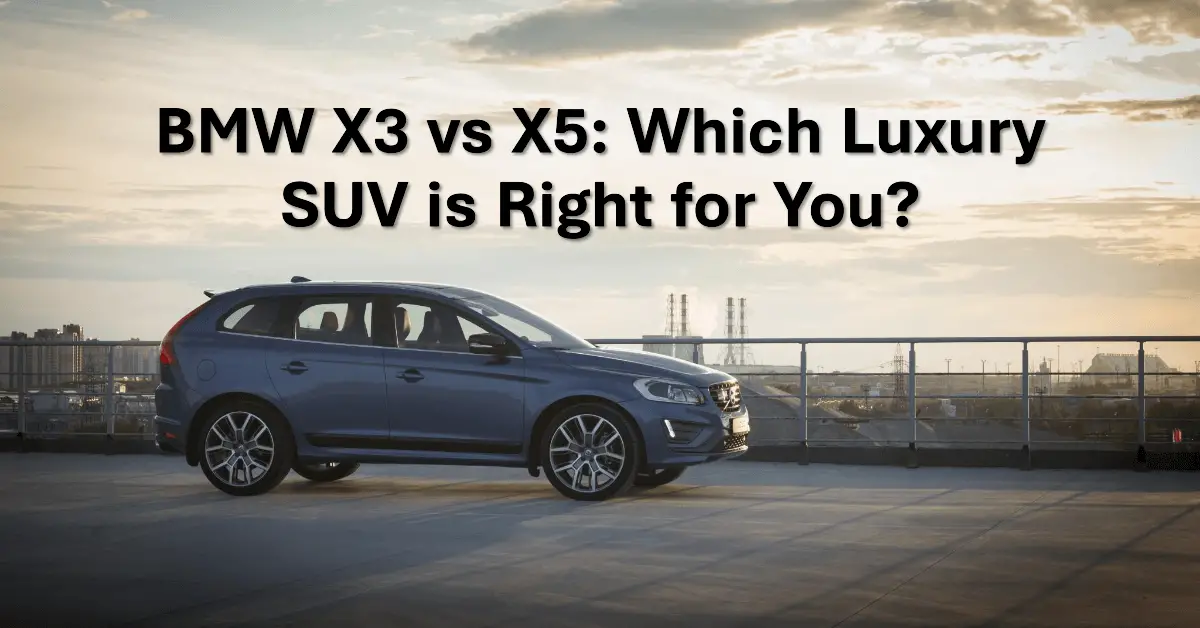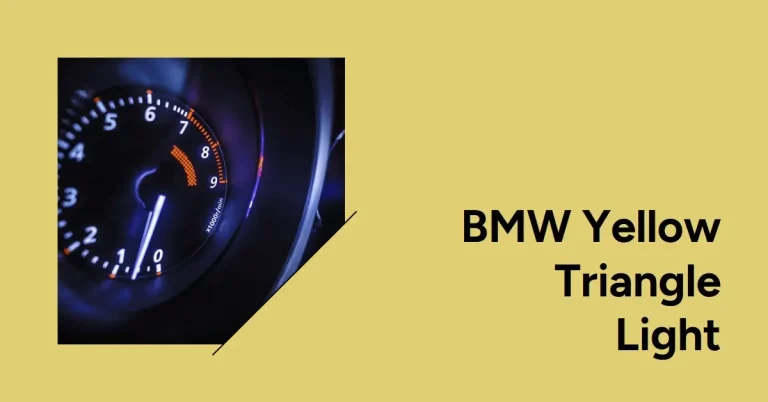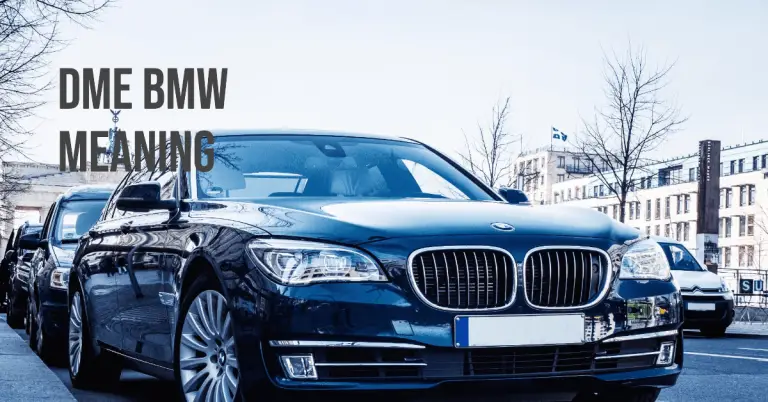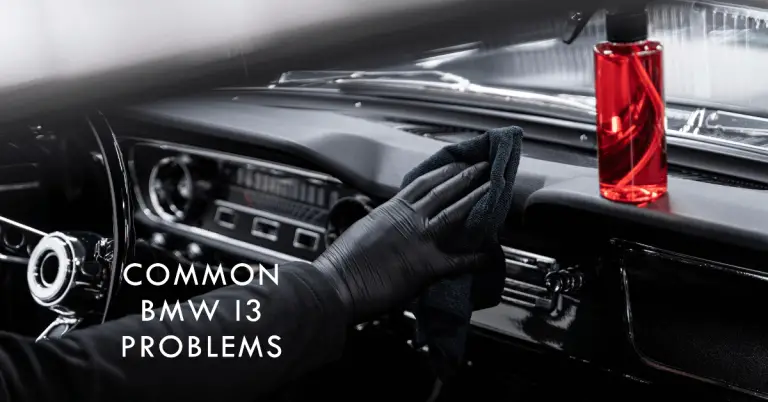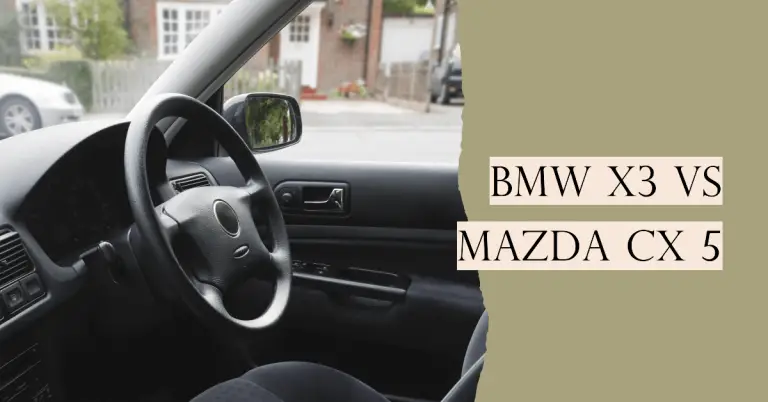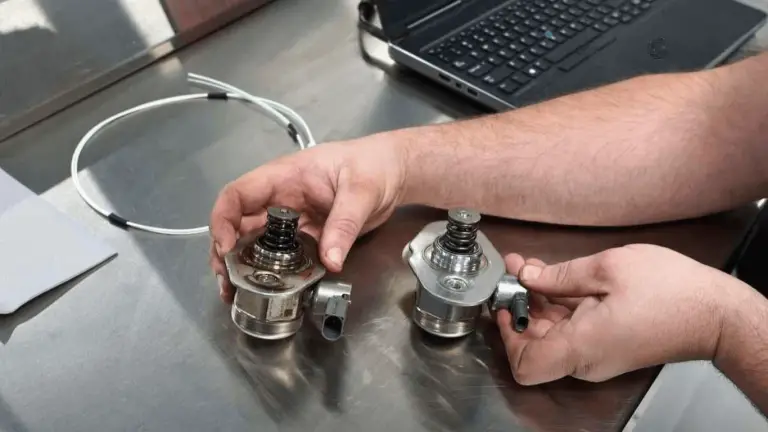BMW X3 vs X5: Which One Is Right for You in 2023?
Are you trying to decide between the BMW X3 and BMW X5 SUVs but aren’t sure which one best fits your needs? With similar BMW luxury styling and performance, it can be tough to pick between these two popular models.
In short, the X5 is the better choice if you need more interior room, cargo space, and high-end features, while the X3 is more budget-friendly for small families prioritizing value.
This in-depth comparison of the 2023 BMW X3 versus the 2023 BMW X5 will examine all the key differences between these SUVs across factors like price, performance, interior space, technology, and more. Read on to learn which BMW midsize luxury SUV is the superior pick depending on your priorities.
Introduction to the BMW X3 and X5
The BMW X3 and X5 are both luxury midsize SUVs aimed at combining BMW’s signature driving dynamics with family-friendly utility and cargo space. As part of BMW’s profitable X model lineup, these SUVs showcase the automaker’s expertise in merging sportiness with versatility.
The X3 is BMW’s smaller and more affordable SUV option, aimed at compact luxury SUV buyers who don’t need a full-size model. First launched in 2003, the X3 is now in its third generation, featuring seating for up to 5 passengers.
Meanwhile, the BMW X5 pioneered the midsize luxury SUV segment when it first debuted in 1999. Now in its fourth generation, the X5 offers more passenger and cargo room than the X3, with an available third row to seat up to 7.
Both SUVs come standard with BMW’s intelligent xDrive all-wheel drive system and offer familiar BMW engines like the turbocharged inline-6. But the X5 is positioned above the X3 in BMW’s lineup when it comes to size, luxury, and performance.
Let’s take a deeper look at how the X3 and X5 compare on price, driving dynamics, interior space, features, and other key factors.
Pricing Showdown: X3 vs X5 Costs
One of the biggest differences between the BMW X3 and BMW X5 lies in their pricing and cost of ownership. The X3 has a lower starting price and lower operating costs overall, appealing to shoppers on a tighter budget.
The 2023 BMW X3 has a Manufacturer’s Suggested Retail Price (MSRP) starting at $45,800 for the sDrive30i base model. The X3 M40i performance model starts at $58,800.
In comparison, the 2023 BMW X5 has a higher MSRP that begins at $61,800 for the entry-level xDrive40i. The high-performance X5 M50i starts at a pricier $86,800.
Across overlapping trim levels, the X5 costs $5,000 to $9,000+ more than the comparable X3. The price gap widens as you move up the trim range and add options.
Fuel economy and insurance costs also favor the X3. The base X3 is EPA rated for up to 26 mpg combined, versus 22 mpg for the base X5. Annual insurance premiums run $500-$1,000 lower on average for the X3.
The X3’s lower starting price, better fuel efficiency, and lower insurance rates make it the more budget-friendly pick of the two. The X5 is worth the extra cost for buyers who can afford its larger size, stronger performance, and greater luxury.
Performance and Handling Comparison
BMW is renowned for making SUVs that are genuinely fun to drive, with responsive steering and nimble handling. Both the X3 and X5 deliver an engaging driving experience characteristic of the brand.
But thanks to its larger size and available engines, the BMW X5 ultimately provides stronger performance and capability:
- The base X3 sDrive30i is powered by a turbo 2.0L inline-4 generating 248 horsepower and 258 lb-ft torque. The X3 M40i upgrades to a turbo 3.0L inline-6 with 382 hp and 364 lb-ft.
- The X5 xDrive40i comes standard with a turbo 3.0L inline-6 pushing out 335 hp and 330 lb-ft of torque. Stepping up to the X5 M50i brings a roaring twin-turbo 4.4L V8 packing 523 hp and 553 lb-ft.
- With its muscular V8 option, the BMW X5 can accelerate from 0-60 mph in just 4.1 seconds in M50i form. The X3 tops out at around 4.4 seconds for the M40i.
- Towing capacity is 7,200 pounds for the X5 versus 4,400 pounds for the X3 when properly equipped.
So while the X3 is plenty powerful for most needs, the X5 wins out for drivers wanting effortless V8 muscle and serious trailering/hauling abilities. The X5’s extra weight does slightly hamper handling agility compared to the lighter and nimbler X3. But both SUVs deliver athletic driving manners and comfortable rides.
Passenger and Cargo Space Comparison
Not surprisingly given its larger footprint, the BMW X5 offers more interior passenger room and cargo capacity than the more compact X3.
Here’s how the interior dimensions stack up:
- Legroom: The X5 has 39.8 inches of front legroom and 37.4 inches in the second row, beating the X3’s 40.3 inches up front and 37 inches in the back.
- Headroom: Both have ample headroom (front and rear) of around 40-41 inches, with slightly more in the X5.
- Cargo Space: Behind the rear seats, the X5 has 33.9 cubic feet of cargo room versus 28.7 in the X3. Folding the rear seats down opens up 72.3 cubic feet in the X5 and 62.7 cubic feet in the X3.
- Seating Capacity: The X5 can seat up to 7 passengers with its available third row. The X3 maxes out at 5 seats.
So families that need those extra inches of legroom or the ability to transport more cargo should gravitate towards the more spacious X5. The X3 still offers decent room for most, just in a tighter package.
Technology and Safety Feature Comparison
As two of BMW’s most advanced SUV models, both the X3 and X5 come loaded with today’s latest high-tech features and driver assistance systems. However, the X5 again comes out slightly ahead for tech.
Some technology highlights of each SUV:
- Infotainment: The X3 has BMW’s iDrive 8 system with a 10.3″ touch display, wireless Apple CarPlay/Android Auto, and BMW’s Intelligent Personal Assistant. The X5 bumps up to a 12.3″ central touchscreen with more advanced navigation and optional rear seat entertainment.
- Driver Assistance: Both SUVs offer abundant standard ADAS features like blind spot monitoring, rear cross traffic alert, parking sensors and assist, adaptive cruise control, lane keep assist, automatic emergency braking, traffic sign recognition, and more. However, the X5 also offers optional extras like Extended Traffic Jam Assistant for partial hands-free driving.
- Connectivity: Available WiFi hotspot, wireless charging, and a digital key for your smartphone keep both SUVs connected and convenient. But the X5 again has advantages like more USB ports and optional rear seat tablets.
- Audio: The X3 impresses with standard satellite radio and HD Radio and an optional Harman Kardon surround sound system. Yet audiophiles will prefer the optional Bowers & Wilkins Diamond 3D Surround Sound System available in the X5.
While by no means low-tech, the X3 doesn’t match the X5 in terms of high-end tech offerings. But it still has all the essential tech and safety gear most buyers need.
Pros and cons for the BMW X3 and X5, along with owner reviews:
BMW X3 Pros:
- More affordable price and lower operating costs
- Excellent fuel economy (up to 26 mpg combined)
- Fun, agile handling and quick acceleration
- High-quality interior with premium materials
- Abundant safety and technology features
“The X3 is the perfect size SUV for me. It’s really fun to drive and handles more like a sport sedan than a bulky SUV. Gas mileage is awesome too.” -Kelly S., BMW X3 owner
BMW X3 Cons:
- Less cargo room and seating capacity than X5
- Base engine lacks power compared to X5’s V8
- Less overall interior space and luxury feel
“I wish the backseat had a little more legroom for carseats. And I sometimes want more power when needing to pass or merge on the highway.” -James T., BMW X3 owner
BMW X5 Pros:
- Powerful engine options including 523 hp V8
- Luxurious, upscale interior with more room
- Advanced tech features and options
- Towing capacity over 7,000 pounds
- Third row seating expands passenger capacity
“This is hands down the nicest vehicle I’ve ever owned. The interior is incredible and it has everything I could ask for in tech and performance.” -Mark J., BMW X5 owner
BMW X5 Cons:
- Much more expensive upfront and long-term
- Worse fuel economy (up to 22 mpg combined)
- Larger size reduces maneuverability
“I paid around $15k more for my X5 over the X3 I also considered. The luxury and space is worth it for me but I wish gas mileage was better.” -Sarah L., BMW X5 owner
Which Model is Right for You?
Now that we’ve compared these two luxurious BMW SUVs across a range of factors, let’s summarize which model is the better pick depending on your needs:
- The BMW X3 is the right choice if you want the luxury driving feel of a BMW SUV but are on a tighter budget. With a lower price, fuel costs, and insurance, plus a more maneuverable size, the X3 makes an excellent versatile family SUV. It works well for small families who don’t haul much cargo and prioritize value.
- The BMW X5 is the way to go if you need maximum passenger and cargo room along with top-tier luxury appointments and performance. The X5 costs more upfront and in the long-run but rewards owners with greater space, power, and features. It’s ideal for larger families who need three rows of seating and for luxury buyers wanting the ultimate technology and power.
- When deciding between trims, the X3 sDrive30i and X5 xDrive40i offer a good middle ground. The X3 M40i and X5 M50i add more fun performance. Look at the small differences in features and technology offerings across trims levels to find the best match.
As with any new vehicle purchase, be sure to test drive both the X3 and X5 for yourself before picking one. Take note of rear seat and cargo room and how each SUV’s particular driving character fits your lifestyle.
Frequently Asked Questions (FAQs)
What are the main reasons to pick the X3 over the X5?
The X3’s smaller size, lower price, better fuel efficiency, and cheaper insurance costs give it an edge over the X5 for shoppers wanting a more affordable BMW SUV. It also handles slightly better thanks to less weight.
Is the BMW X5 really worth the extra cost over the X3?
For buyers who can swing the higher price, the X5 is worth it for the added passenger and cargo room, available V8 performance, and luxury tech features. But the X3 makes more financial sense for budget-minded families.
Which BMW SUV model has more advanced technology features?
The X5 generally offers more optional luxury tech upgrades like larger screens, more USB ports, rear seat entertainment, Bowers & Wilkins audio, tablet integration, and Extended Traffic Jam Assistant.
How does fuel economy compare between the X3 and X5?
The lighter and smaller X3 is more fuel efficient, with EPA estimates of up to 23 mpg city and 29 mpg highway for the base model. The X5 only achieves ratings of up to 19 mpg city and 26 mpg highway.
Conclusion
After this comprehensive comparison, it’s clear the 2023 BMW X3 and X5 have a lot in common but also some key differences that make each model better suited for certain buyers. Both remain compelling options among luxury midsize SUVs with BMW’s satisfying performance and quality.
The X3 shines for shoppers wanting a value-oriented BMW SUV with ample luxury and room for a small family. Meanwhile, the X5 justifies its higher price tag by delivering greater passenger and cargo space, brawny engines, and more high-end technology and amenities.
Whichever you choose, either of these BMW SUVs are sure to provide years of refined driving, safety, and versatile utility. Just be diligent in deciding whether your needs lie more with the sensible X3 or the spacious luxury of the X5 before driving one home.

